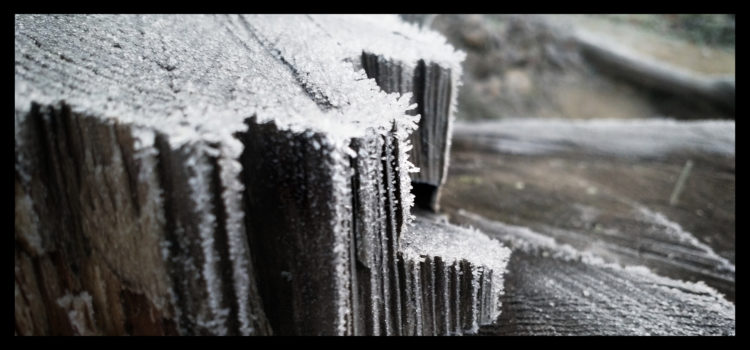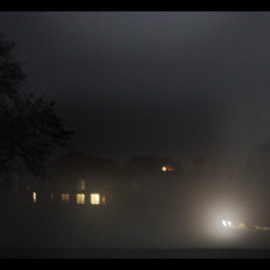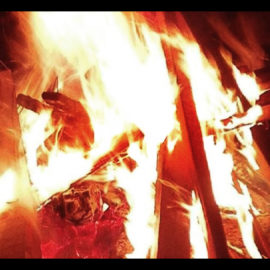
This is the first part of a three part series about nature connected rituals for the end of the year. If you want to learn more about the closure of the past and start of the new year, you will find that in part 2 – winter solstice and part 3 – rawly nights. There is also a german version of this post.
On December 8th, the locking nights (Sperrnächte) started. They are the lesser known harbingers of the longest night of the year and the following rawly nights (Rauhnächte). But where does this tradition come from? And what do we actually do in that time?
About the locking nights, there is barely any information available to find, and those you do find, don’t have any sources. The rawly nights are a little more wide-spread, but you’ll find many different, contradictory pieces of information. As a result, I want to draw you into my own observations of nature, in order to create a space where transformation through the darkest time of the year is possible.
What is it all about?
If you look at the cycle of seasons from nature’s perspective, there are no 12 months, but roughly 13 moon cycles. These are spread out over 4 seasons, which are held by the structure of the changing position of the sun. The base of the calendar within one turn of the seasons are therefore the winter solstice, spring equinox, summer solstice and fall equinox.
Depending on the time in the cycle and what is happening in nature and the focus with the wild animals at that time, different qualities and energies are present, that also resonate within us. Based on those energies, it might be practical to reflect and align your own life to those energies. That way, you can ideally use the power of nature for your projects in life.
Why are there locking nights?
According to traditions, the time before the winter solstice was used to clean up and safely lock away all the equipment and other valuables before the beginning of the winter. During the winter there was no work being done outside, so all the equipment needed to be stored in a protectd area because of the weather.
Derived from that, the locking nights or locking days were introduced. They used the same approach as with the equipment also with their knowledge and learnings. The main thing is, that after we harvested and processed the fruits, it is important to pay attention to what was helpful and valuable and should therefore be kept, and also what needs to be repaired or sharpened for the next year. On the opposite, it’s also essential to review all the things and patterns that you no longer need or that actually hinder you in your doing and that you can discard.
With this, a structure can be helpful. Beginning with December 8th, you can use the following 12 nights to reflect on each past month. In this reflection, it is vital to identify the core. What were the most valuable accomplishments and findings of the respective month that you can use in the future as well? What are the things that turned out to not be useful or limiting and that can be returned to the natural cycle so that they can be used by others or be transformed?
The 13th night – the night of December 20 – can then be used to take another bigger step back, in order to reflect the past year as a whole.
Possible rituals
If you have journals, a calendar, or something similar, you can use those records as support to very consciously reflect on the respective past months. Those helpers are not mandatory, but can help you to remember what happened. As soon as you pulled back the memories of that month, you can send out the following reflective questions and wait for an answer:
- What is it that I learned and want to keep because it is helpful to me?
- What is it that I can let go without question, because it doesn not serve me any more?
The answers can be written down on a piece of paper or energetically sent to a natural object. It is especially vital, that it is removed from your head to something tangible. All of those pieces can be collected for the next 13 days, and on the longest night handed over to one of the elements (fire, water, earth or air) so that they can transform them. This transformation will ignite a symbolic fire that provides the energy and momentum for the next spring.
Part 2 and 3 about the winter solstice and rawly nights will follow at the corresponding times in the cycle.




Pingback:Closure of the past and start of the new year - part 3: Rawly Nights - follow your wild heart
Pingback:Closure of the past and start of the new year - part 2: Winter Solstice - follow your wild heart